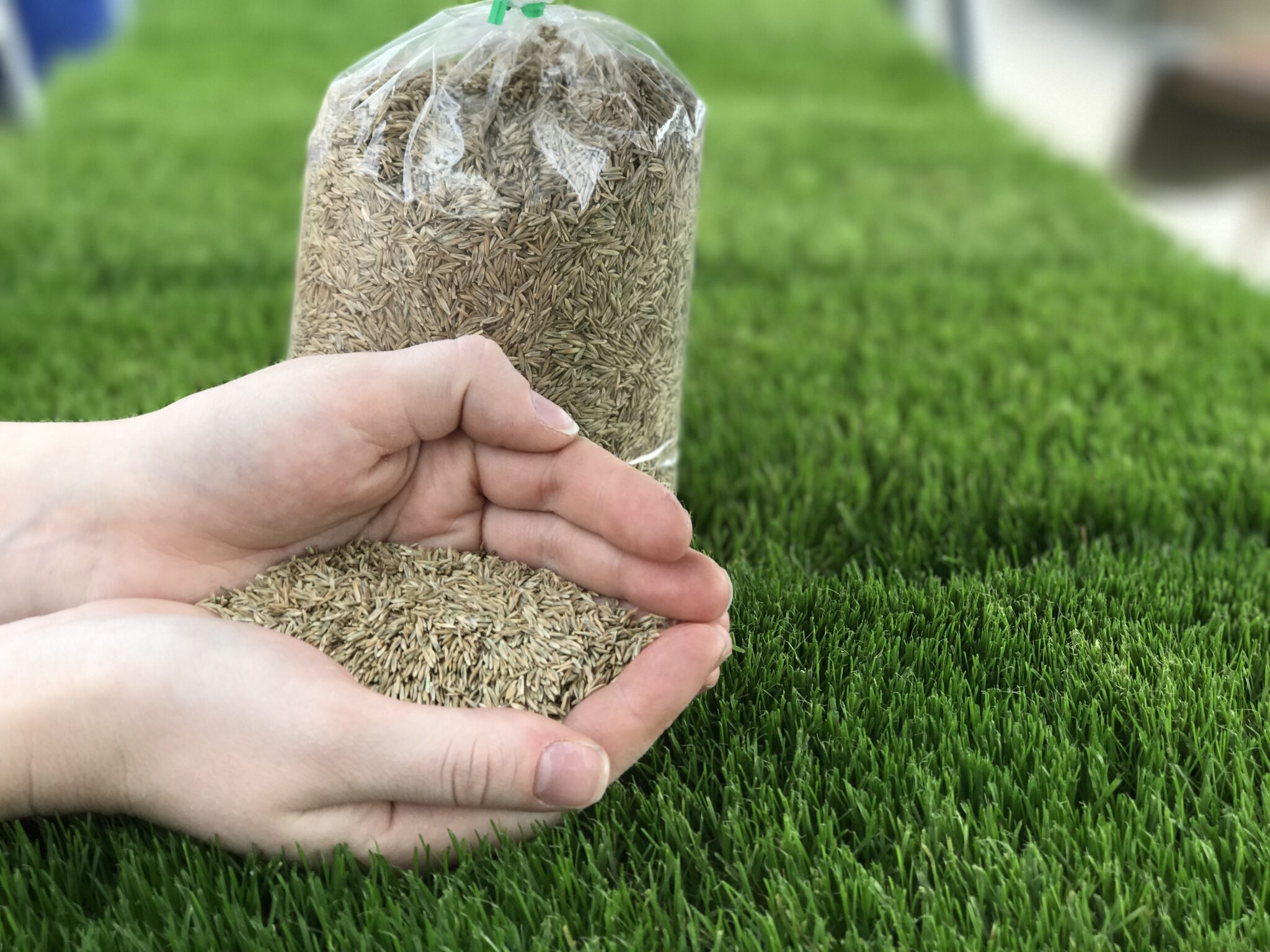It’s about time to put our lawns to bed for the season and there are things to do now to help them look their best in the spring.
First, overseed your lawn. If your lawn is patchy or thinning due to age, heat damage, or other problems, spread grass seed evenly over your existing lawn. Repeat with a thin layer of compost mixed with topsoil for large areas to lightly cover the seed. This will replenish beneficial organisms in the soil and create a healthy microbiome for grass.
Reduce watering frequency as the temperatures decrease. Continue to water deeply to avoid shallow roots. You should water your lawn through the winter during dry spells. Wind, sun scorch, and lack of humidity create a harsh environment for plants trying to survive the winter. Winter drought is a top cause of plant death in our climate!
Core aerate before the ground freezes. This reduces soil compaction which contributes to thatch build-up and creates a healthier environment for the roots.
Fertilize with a winterizer and HuMic. The grass needs to have access to nutrients for successful hibernation and survival. Winterizer is formulated to help prevent winter stress in the lawn by promoting healthy root growth rather than green growth. It also helps increase disease resistance and stem strength. This is arguably the most important lawn feeding of the year!
Following these guidelines will create a noticeably healthy lawn in the spring. With less overall stress, your lawn will be more immune to diseases, pests, and drought.





